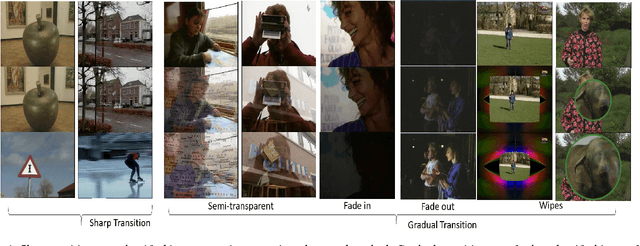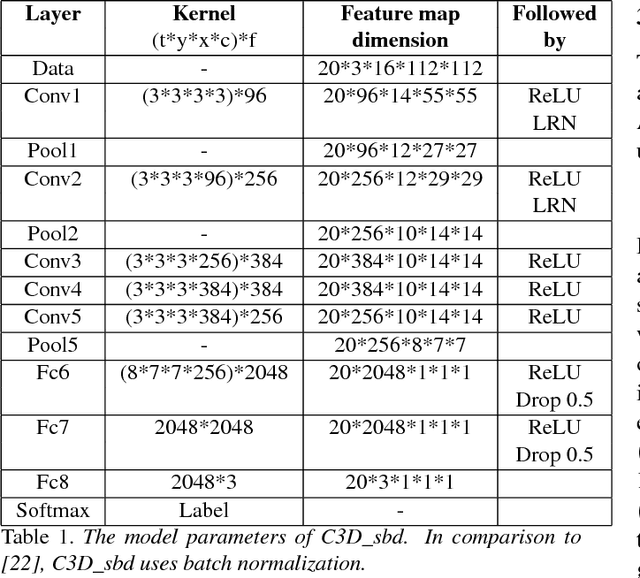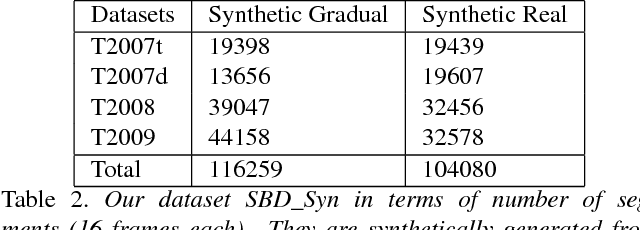Ahmed Hassanien
DeepGEMM: Accelerated Ultra Low-Precision Inference on CPU Architectures using Lookup Tables
Apr 18, 2023



Abstract:A lot of recent progress has been made in ultra low-bit quantization, promising significant improvements in latency, memory footprint and energy consumption on edge devices. Quantization methods such as Learned Step Size Quantization can achieve model accuracy that is comparable to full-precision floating-point baselines even with sub-byte quantization. However, it is extremely challenging to deploy these ultra low-bit quantized models on mainstream CPU devices because commodity SIMD (Single Instruction, Multiple Data) hardware typically supports no less than 8-bit precision. To overcome this limitation, we propose DeepGEMM, a lookup table based approach for the execution of ultra low-precision convolutional neural networks on SIMD hardware. The proposed method precomputes all possible products of weights and activations, stores them in a lookup table, and efficiently accesses them at inference time to avoid costly multiply-accumulate operations. Our 2-bit implementation outperforms corresponding 8-bit integer kernels in the QNNPACK framework by up to 1.74x on x86 platforms.
Large-scale, Fast and Accurate Shot Boundary Detection through Spatio-temporal Convolutional Neural Networks
Jul 27, 2017



Abstract:Shot boundary detection (SBD) is an important pre-processing step for video manipulation. Here, each segment of frames is classified as either sharp, gradual or no transition. Current SBD techniques analyze hand-crafted features and attempt to optimize both detection accuracy and processing speed. However, the heavy computations of optical flow prevents this. To achieve this aim, we present an SBD technique based on spatio-temporal Convolutional Neural Networks (CNN). Since current datasets are not large enough to train an accurate SBD CNN, we present a new dataset containing more than 3.5 million frames of sharp and gradual transitions. The transitions are generated synthetically using image compositing models. Our dataset contain additional 70,000 frames of important hard-negative no transitions. We perform the largest evaluation to date for one SBD algorithm, on real and synthetic data, containing more than 4.85 million frames. In comparison to the state of the art, we outperform dissolve gradual detection, generate competitive performance for sharp detections and produce significant improvement in wipes. In addition, we are up to 11 times faster than the state of the art.
 Add to Chrome
Add to Chrome Add to Firefox
Add to Firefox Add to Edge
Add to Edge